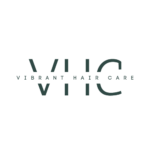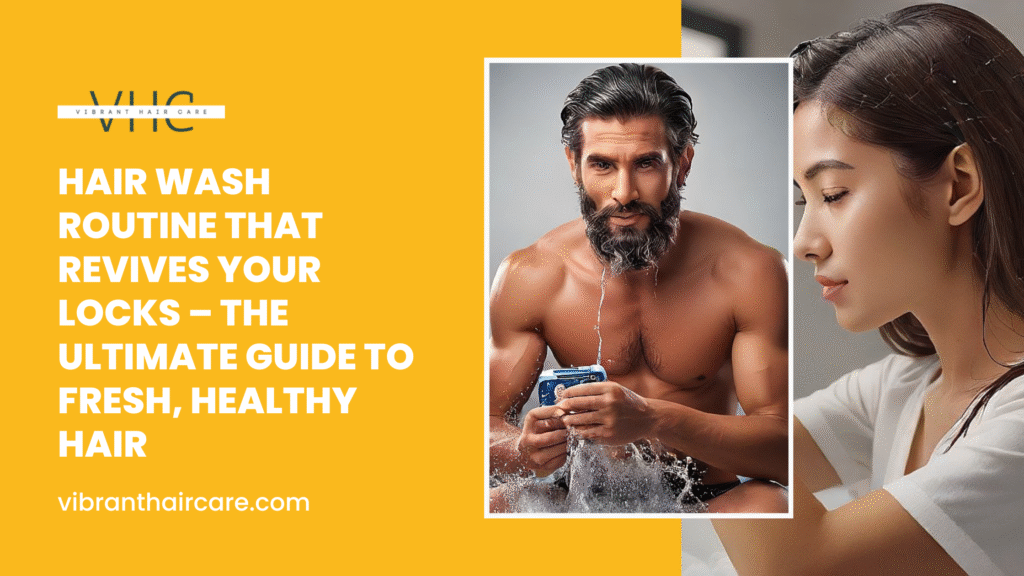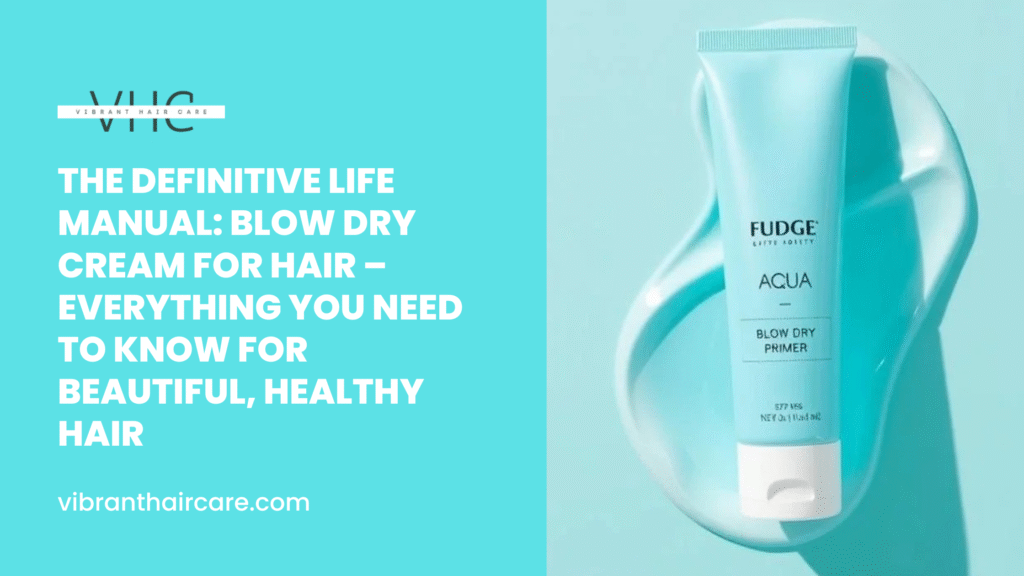Table of Contents
Introduction: Why Your Hair Wash Routine Matters
Having a healthy head of hair can not come just simply through genetics alone; it starts with a good Hair Wash Routine. Unfortunately, this step is not comprehended by the majority of people when it comes to the health of hair. The way you wash your hair, the shampoos, the conditioners, as well as the frequency of washing the hair, may either nurture your follicles or, unconsciously, play havoc.

The Role of a Good Hair Wash Routine in Hair Health
The hair and scalp are always subjected to environmental toxins, sweat, oils, and hair-grooming products that may accumulate as time goes by. Having a proper hair wash routine is more than just about making your hair clean; it covers a lot of aspects, it keeps your scalp healthy, hair follicles unblocked, and also hydrates and protects your strands.
With a proper and constant action, a regular hair wash:
- Cleanses the scalp to encourage healthy hair growth
- Eliminates oil and product overloads without removing natural oils
- Precondition your hair to be styled and enhance overall texture and luster
- Makes your hair grow much longer, makes it stronger, less breakage, and reduces split ends
Concisely, a productive hair washing schedule is the secret of any hair care routine – be it increased volume, softness of the hair, or recovery of damaged hair.
Common Mistakes That Damage Your Hair During Washing
Unfortunately, hair washing can become a source of harm due to mere mistakes. Among the most frequent ones can be listed:
- Applying hot water may rob the hair of its lubrication and reduce the strength of the strands
- Overwashing, which might dry the hair and the scalp, leading to increased oil production
- Applying the incorrect shampoo or conditioner to the hair type
- The scalp can also become inflamed, or hair may snap off when scrubbed roughly
- Skipping pre-wash detangling, which causes unnecessary knots and tangles during washing
When you know these pitfalls to avoid, you will not suffer needless harm and promote the long-term health of your hair.
What You’ll Learn in This Ultimate Guide
In this comprehensive guide, you’ll discover how to:
- Adapt your hair-washing regime to your hair type
- Select the most appropriate products for your needs
- Learn how to wash and dry your hair correctly
- Avoid easy errors that make your locks turn out dull and lifeless
- Develop straightforward wash-day types of practices that make your hair stronger, shinier,a nd more vibrant with each transition through the wash
Be it that you want to repair dull, split-end hair or just take your current regimen one step further, you can use this guide to discover the secrets behind supple, shiny hair, the most important starting point of which is the shower.
Understanding Your Hair Type: The First Step to a Perfect Hair Wash Routine
Before getting down to crafting the ideal Hair Wash Routine, first find out what your hair really requires, and this begins with the hair type. Each type of hair responds with varying reactions to products, how frequently they are washed, and how it is handled. The things that apply to straight hair might not be appropriate to curly hair and vice versa.
How Different Hair Types Require Different Care
Every hair type (straight, wavy, curly, or coily) has its peculiarities:
- Straight hair is easy to oil because the hair oil in your head is readily able to move down the shaft. It usually needs less heavy products and will wash more often.
- Such hair may be frizzy, and defining shampoos and conditioners are often helpful.
- The curly hair tends to be drier since oils find it difficult to slide down the curls. It needs sulfate-free conditioners and hydrating shampoos, and dense conditioning masks to bring out the curl pattern and health.
- The last type is coily hair (which is also referred to as Type 4 hair) – the driest, most fragile of the hair types. It will enjoy mop-up cleaning, light cleansing, and excessive moisture by means of oils and butters.
Identifying Your Hair Type: Straight, Wavy, Curly, Coily
Whether you have thin or thick, straight or curly, or, worse still, dry hair, you need to look at your hair, particularly hair that has just been freshly washed and air-dried:
- Straight (Type 1): Hair lies flat straight down to the end.
- Wavy (Type 2): There are free waves, and the hair can be frizzy to a certain degree.
- Curly (Type 3): Curls are defined either in spirals or ringlets.
- Coily (Type 4): Many tight spirals or zigzag shapes that are shrunk to drier skin.
Tailoring Your Hair Wash Routine to Suit Your Unique Hair Needs
Once you figure out the type of your hair, you can tailor your hair washing routine:
- Select your shampoos and conditioners that are specific to your type
- Change the frequency of hair washing (every day by some, once a week by others)
- Add pre-wash, deep conditioners, or clarifying wash when necessary
- Change your washing and drying style in case you want to retain the healthiness of your hair
This is a personalized method to get the best out of your hair through your hair wash routine, regardless of the type of hair you have.
Pre-Wash Essentials: Prepping Your Hair for a Nourishing Cleanse

Then there is a proper Hair Wash Routine, which does not really start when you are in the shower, as you think, but rather long before you even open the tap. Pre-wash maintenance ensures that your hair is not exposed, and your strands are not receiving the least of cleansing and conditioning advantages. Pre-wash care maintains and protects your hair and increases the chances of your hair not breaking off.
Why Pre-Wash Care Is Crucial for Healthy Hair
When the hair is wet is the most vulnerable point; therefore, proper preparation can be avoided by:
- Excessive tangling
- Moisture loss
- Protein damage
- Breakage
Pre-wash applications serve to make hair stronger and more hydrated on the inside as well, so it is more resistant and shiny once the washing is done.
Must-Try Pre-Wash Treatments: Oils, Masks, Detangling
- Oiling: This should be done immediately after shampooing. Applying nourishing oil (coconut, argan, or jojoba) locks the cuticle and minimizes protein loss during such a procedure.
- Pre-wash masks: These very elaborate masks can bring in moisture and elasticity, particularly to dry or brittle locks.
- Detangling: It is advised that you brush your hair once or twice immediately before you shower (you can brush it using a brush with rubber spikes or a comb that can help the knots to come out easily to decrease knots and hair breakages).
How Often You Should Pre-Treat Your Hair
How often you pre-treat depends on your hair type and needs:
- Oily or fine hair: Once a week or bi-weekly
- Dry, curly, or damaged hair: Every wash or at least once a week
- Coily hair: Regular pre-treatments are especially beneficial (often before every wash)
A mere addition of a pre-wash to your Hair Wash Routine is what will precondition your hair for softer, stronger, healthier hair, to bear the goodies of your shampoo and conditioner, ready to lap it all!
Check Out: Top 7 Hair Texture Ideas for HairCare – Get Your Beautiful Look and Hair Care Schedule.
Choosing the Right Shampoo and Conditioner for Your Hair Wash Routine
When it comes to the most important part of dealing with the Hair Wash Routine, you should mention the products you use. The wrong shampoo and conditioner to use cannot be left at chance because various shampoos and conditioners will be differentiated by how much they treat your hair better by leaving it stronger, shiny and healthier, or they will leave your damaged hair dry, or full of buildup or even lead you to lose your hair.
How to Read Labels and Select Products That Suit Your Hair
When buying shampoo and conditioner, avoid being deceived by a nice package and catchphrases. Focus on instead:
- Ingredients list: Pay attention to such nutritional components as aloe vera, keratin, biotin, glycerin, natural oils, and proteins.
- No harsh chemicals: Parabens, alcohols (ex, isopropyl), and artificial perfumes can be rough on the skin or scalp, so steer clear of them, more so, in case of delicate skin or scalp.
- Hair type matching: Pick products that are specifically labeled, i.e., what type of hair (curly, thin, colored, etc.).
- PH-balanced: It is suggested that the shampoos must be between 4.5 and 5.5 PH to make the scalp healthy.
Sulfate-Free vs Clarifying Shampoos: What’s Best for You?
- Sulfate-free shampoos: These are gentle cleansers that help retain your hair’s natural oils — perfect for dry, curly, or color-treated hair.
- Clarifying shampoos: These are shampoos that are specifically formulated to fully wash the scalp off any hard-to-clean congestion of styling products. Instead, most effective when applied once every 2-3 weeks or when necessary: not a daily washing.
Your hair wash routine is, in most cases, based on a sulfate-free or mild shampoo, whereby clarifying washes are done occasionally to refresh the scalp.
The Importance of Conditioners and Deep Conditioning Treatments
Conditioners do not only make your hair come out soft, but they also:
- Restore the moisture washed out
- Cover that hair around the cuticle to avoid frizziness
- Bring in the shine and controlability
- Decrease tangles and breakages
To make it even richer, add a deep conditioning treatment once a week (using a mask or a hair butter) in case your hair is dry or damaged or is heavily styled.
The Step-by-Step Hair Wash Routine for Gorgeous, Revived Hair

The method that you adopt in your washing is as critical as the products. You can learn these few steps and experience a total change in the way your hair will appear and feel after every wash.
How to Properly Wet Your Hair
Before applying shampoo:
- Get your hair thoroughly wet with tepid water; this opens the cuticle and gets dirt and grease.
- Take at least a minute under running water so that your hair, whether it is thick or curly it becomes soaked evenly.
The Right Way to Shampoo: Techniques and Tips
- Apply a very minor number of shampoo drops, a quarter-sized drop on short to long hair.
- Shampooing the scalp, but not the ends, since they are where most of the buildup and oils accumulate.
- Rub the fingertips (not nails) in circular movements on the scalp for 23 minutes.
- When necessary, use a second light shampoo to thoroughly clean THICKER HAIR, or when you apply several hair styling products.
How Long to Leave Conditioner in Your Hair
- When the rinsing of the shampoo is over, squeeze the hair to get rid of surplus water.
- Apply conditioner lightly to middle lengths and ends – no yellow, or whatever, product should touch the scalp, unless it was made to.
- To allow the strands to seriously hydrate, allow them to remain there, 2 or 5 minutes.
- With as much as a repair mask, to a greater degree, adhere to the directions of labels (normally 5-10 minutes).
The Perfect Rinse for a Clean, Fresh Finish
- Wash with cool/lukewarm water to assist in sealing the cuticle and trapping the shine.
- Be complete — any remnant of the product may produce accumulation or dullness.
These steps in the Hair Wash Routine will result in a difference right after a wash with softer, healthier, and more vibrant hair.
Conclusion: Elevate Your Hair Wash Routine for Stronger, Healthier Locks
Stunning, healthy locks begin with a thoughtful, customized Hair Wash Routine. With a little bit of knowledge of your hair type and how to produce the correct products and learnt the appropriate techniques, we could make your ordinary hair wash one of nurture that brings out the natural beauty of your hair.
Hold on to this: even little differences in the preparation, drying, and maintenance of hair can make a world of difference in the texture, strength, and appearance. Be it the revival of dry and ruined locks or mere maintenance of soft and healthy hair, the steps in this guide will assist you in creating a routine that will suit you like a pair of soft, cashmere slippers.
And thus, go to the trouble of taking care of your hair in the way it deserves, and experience the pleasure that you will have when having fresh and healthy-looking hair on a day-to-day basis!
For more info: Click Here.
FAQs About Hair Wash Routine
Q1. What is the ideal procedure for washing damaged hair?
With broken hair, apply something with no sulfates, a hydrating shampoo, and then a moisturizing conditioner or a deep-conditioning mask with each cleaning. Breakage could also be minimized by using pre-wash oil treatments to restore elasticity. Avoid adding any additional stress to your strands by limiting the heat styling and washing every 1-2 times per week.
Q2. Will switching up my shampoo habit lessen my hair loss?
Yes! Unnecessary vigorous washing, washing too often, and poor products can also cause hair fall. This should be changed to a soft hair cleansing regime, having enough scalp massage, minimized washing, and the provision of nourishing therapies so the roots become strengthened, scalp conditions are enhanced, and hair loss diminishes after some time.
Q3. What can I do to my hair washing routine that will be more effective at shine and thickness?
Apply clarifying shampoo once in 1-2 weeks to eliminate residues and wash hair with cool water in order to seal the hair cuticle. Add lightweight conditioners that do not make your hair heavy, and apply volumizing products depending on your hair type. To make hair healthier and stronger, circulation can also be strengthened by frequently giving your head a massage.




